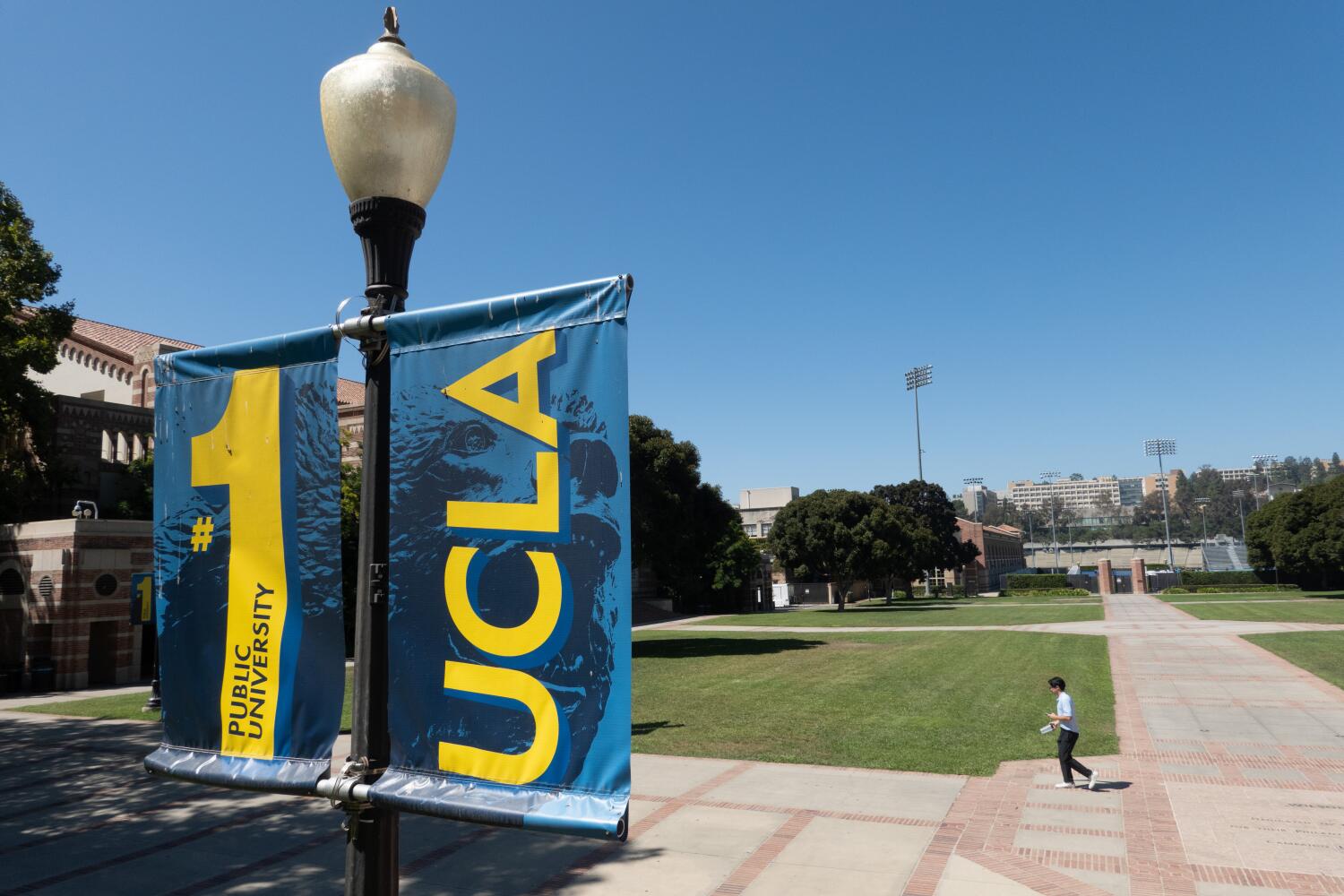-
Howard Lutnick, the Pierre Hotel and Claims of a Secret Plan - 12 mins ago
-
DraftKings Promo Code: Claim $200 Bonus For MLB, NFL, Any Game This Week - 33 mins ago
-
Cassidy, His Job in Peril, Scrutinizes Kennedy on Vaccines - 56 mins ago
-
California’s COVID wave could be waning. Here are the latest numbers - about 1 hour ago
-
Michael Vick Dismisses Rumors of Virginia Tech Coaching Reunion - about 1 hour ago
-
Text Messages From Suspect in the Kirk Shooting Provide a Glimpse of a Motive - 2 hours ago
-
Packers’ Jordan Love Doesn’t Hold Back on Micah Parsons - 2 hours ago
-
'The Housemaid' Trailer Gives First Look at Sydney Sweeney-Led Thriller - 2 hours ago
-
UC employees, not waiting on leaders, sue Trump for ‘financial coercion’ over UCLA cuts - 2 hours ago
-
The Kirk Crackdown Is Underway - 2 hours ago
Safe to breathe in L.A.? Lawmakers call for federal action on fire pollutants

The recent massive wildfires in Los Angeles County destroyed thousands of homes and vehicles, sending toxic chemicals into the air, soil and water — a health threat that a group of lawmakers say is going under-reported and poses serious long-term risks to residents in the L.A. region.
The group of House Democrats are calling on the Environmental Protection Agency to lead a task force to improve air quality monitoring in the Los Angeles region.
While the Eaton, Palisades and other fires spewed dangerous chemicals into the atmosphere, air quality readings in the region didn’t fully capture all the wildfire pollutants, air quality officials cautioned.
That’s because some toxic substances such as asbestos, lead and other heavy metals are not detectable under the current standard Air Quality Index, which was created to measure common air pollutants including smog, carbon monoxide and particulate matter, according to the UCLA Institute of the Environment and Sustainability.
To address this, U.S. Reps. Laura Friedman (D-Glendale), Judy Chu (D-Monterey Park) and Brad Sherman (D-Sherman Oaks) on Monday will call on James Payne, the acting administrator of the EPA, to convene a task force of federal and local agencies to better monitor wildfire pollution and inform the public. They are asking that the Federal Emergency Management Agency, the U.S. Army Corps of Engineers, the South Coast Air Quality Management District and the L.A. County Department of Public Health be included on the task force.
Residents are “unsure of the actual risks they face, and confused by conflicting reports about how safe it is to breathe the air outside, which may lead to families not taking adequate protective measures,” according to a letter from the lawmakers to the EPA. “This lack of full information could increase the risk of long-term negative health effects, especially among vulnerable populations like children, pregnant women, and the elderly, regardless of whether or not people are in areas that have been directly impacted by wildfires.”
A news conference is scheduled for 9 a.m. at Pasadena City Hall, where the U.S. Congress members will be joined by local leaders.
The lawmakers are also requesting that the EPA use “all tools at their disposal” to regularly monitor air, water and soil hazards, including ash, lead, asbestos and chlorine. They want the federal environmental agency to inform L.A.-area residents about ongoing hazards during the wildfire cleanup.
“These wildfires have caused heartbreaking loss for thousands of people, and we urgently request that the EPA convene this task force and begin monitoring hazards and disseminating information to prevent further negative health impacts as quickly as possible,” the letter says.
Although the smoke and ash from any wildfire are considered harmful, urban wildfires are especially dangerous. The smoke and ash from structures and cars can contain more than a hundred types of toxic chemicals and poisonous gases, according to state officials. The most worrisome is lead, a heavy metal that has no safe level of exposure for anyone and can permanently stunt the development of children when inhaled or ingested.
On Jan. 7, as the L.A. County wildfires broke out, air samples measured “highly elevated levels” of lead and arsenic more than a dozen miles downwind of the Eaton fire, according to the South Coast Air Quality Management District.
Separately, a Los Angeles-based air quality monitor supported by federal funding showed that hourly measurements of airborne lead spiked on Jan. 8 and 9, when smoke from the Eaton fire cast a pall from Altadena to San Pedro.
Some of the most concerning toxic contamination could be from older buildings. Lead-based paint and asbestos-containing construction materials were commonly used in homes until they were banned in the late 1970s. About 86% of the buildings near the Eaton fire, and 74% near the Palisades fire, were built before 1980, according to Cal Fire.
Times staff writers Tony Briscoe and Ian James contributed to this report.
Source link









